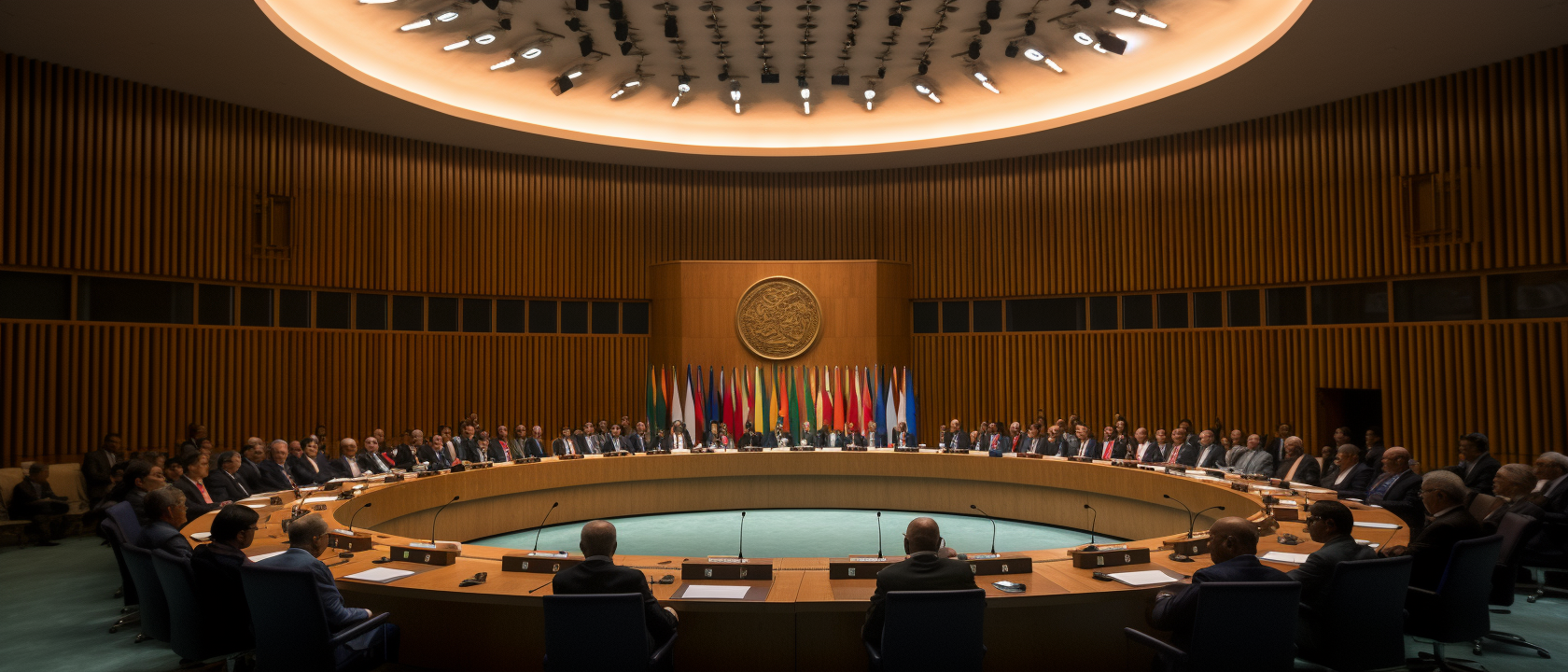No-one Left Behind

To ensure equitable access to digital public infrastructure, it’s crucial to address the digital divide. This involves extending connectivity infrastructure globally, reimagining digital systems for offline accessibility, and enhancing digital literacy. Innovations like offline Aadhaar enrolment and QR-code-based services, along with user-friendly design, are key to making DPI inclusive and accessible to all, regardless of their technological proficiency.









